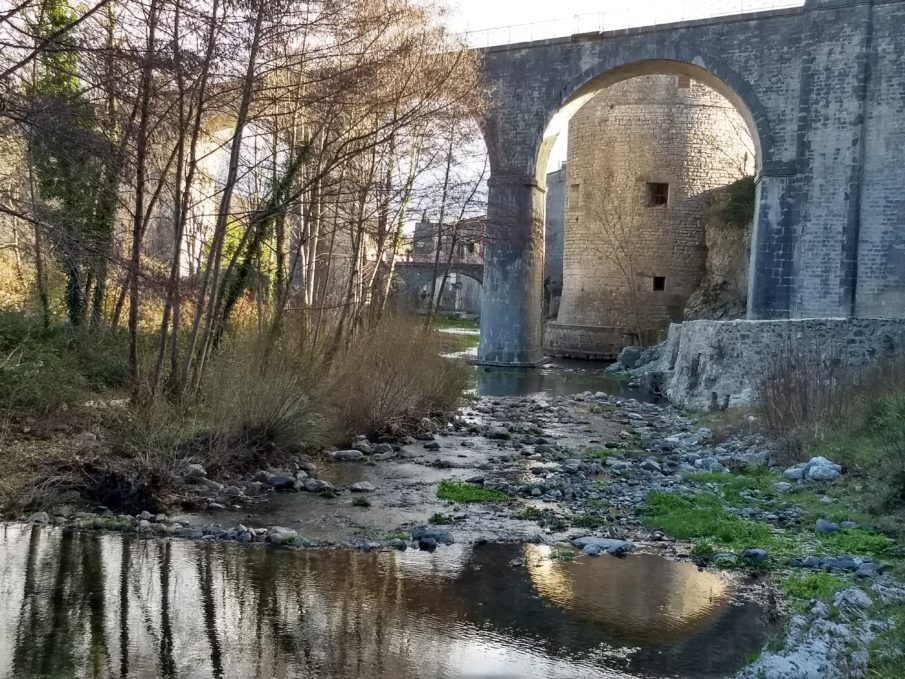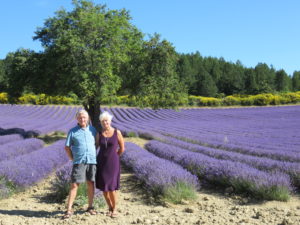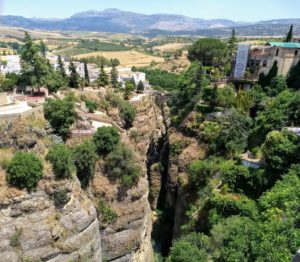We had a house sit in St Hipp., which sits at the foot of the Cevennes mountains, about 50 Km (30 miles) from the Mediterranean coast by Montpellier, France.
With origins from the 13th century, the town survived multiple invasions over the centuries by being a trading and artisanal center. As a protestant center in the religious wars, it had to submit to the French crown to avoid being burnt down. A fort was built, normally this is to protect the population. In this instance the guns of the fort were aimed at the town, to make sure they kept in line! It was also used to imprison any agitators.

From the 17th to the 19th century, leather working was a key industry, cobblers made shoes sold through the region. Tannery owners mixed with silk-makers and their families inter-married often, building magnificent town houses in the Grand’ Rue, where the house we stayed in was located. The last tannery closed in the 1980’s. With many sources of water, the town and region, by the late 18th century became a center for the production of silk and other clothing and shoes. The surrounding area was full of mulberry trees to
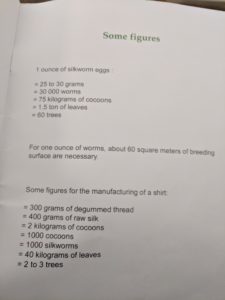
feed the silk worms. The silk production was mainly a cottage industry in the beginning. Families would buy a loom, cultivate the silk worms, produce the silk yarn, and weave the cloth. However, in the late 19th century a disease wiped out the silk worm population. This, and the reduced demand for silk worldwide, slowly destroyed the silk industry. The tanneries and cloth manufacturers took over. A major center for the region was Nimes, which gave its name to Denim (de Nimes), as it was famous for the same type of cloth. These industries lasted through to the mid-20th century.

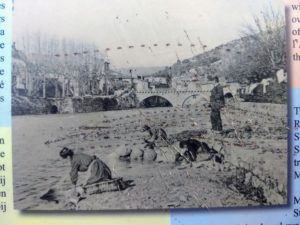
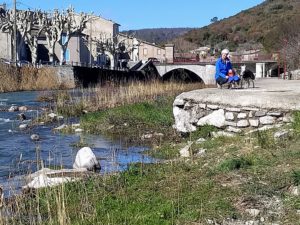
St Hipp., like many other small villages, is a shadow of its former self. All that remains are the large houses that were probably grand in their day. These houses, in many cases, were also factories for the silk industry. The mulberry trees have been replaced with olive groves and vineyards. The old railway lines are being turned into cycling/walking trails.
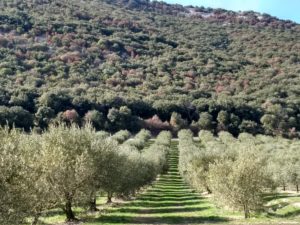
Olive Trees
The house we are staying in has signs of its former life, despite major renovations. Exposed stone
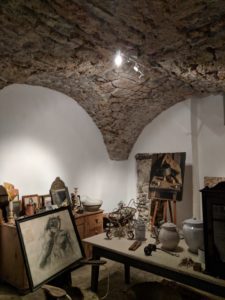
arched ceilings with aged timbers, original Saltillo tiled floors and thick stone walls. A magnificent glass cupola washes daylight into a staircase that connects three levels. Windows have been replaced along with heating throughout to ensure a warm and comfortable atmosphere. The road behind the house was once a canal that fed water to the factories from the Vidourle river alongside. The Vidourle river begins in the Cévennes mountains just before flowing down past St-Hippolyte-du-Fort. It continues through several surrounding villages before finally reaching the Mediterranean.
Many villages have their medieval town centers still intact. Homes within these villages sit empty after being passed down through the generations and some are now left to decay. Today’s generations are turning their backs on these properties as they are unable to maintain the upkeep and taxes. The sheer
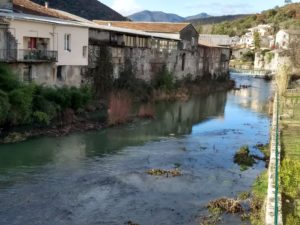
cost to refurbish is prohibitive and the desire to return to a place they may have never called home is not of interest. Recently there have been many articles and listings advertising homes within a village sellingfor $1USD. The stipulation is that the buyer must come in refurnish and live in the home once completed. All to bring back an economy. Tourism, to a certain extent, has become an important revenue generator.
